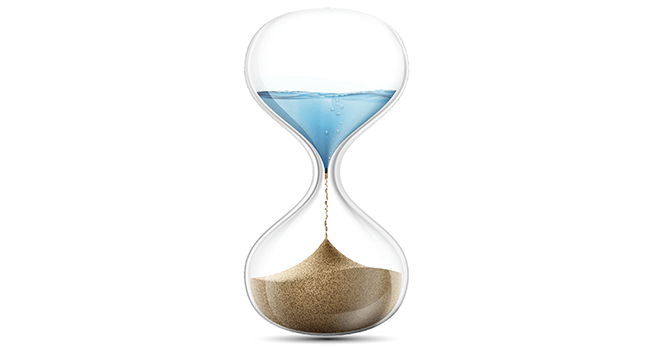“Corn and zucchini have been okay but most other produce has gone up in price,” said José Escobar, The Good Life Grocery’s produce buyer. “I’ve noticed prices have gone up about 20 to 30 percent on certain items.”
The last three years have been the driest recorded in California history. A Nature Climate Change study found that the past 22 years were the most parched the area has seen in more than a millennium. Water levels in all the state’s major reservoirs are well below historical averages, with the two largest, Lake Orville and Shasta, at critically low points.
The drought has hit farmers extra hard. Agriculture uses upwards of 80 percent of the water consumed in the state to irrigate fields, provide for thirsty animals, and engage in other activities.
“I’ve been in this business for about 40 years, and in the last six- or seven-years things have gotten a little worse,” said Escobar. “A lot of small farms have been getting cut out of Bakersfield and San Joaquin Valley. Older folks will pass their farms onto their kids but then they’ll just sell them because of problems with labor and water. Avocados, oranges, and lemons all come out of this area. We’re not seeing as many cherries as before either. We have a small farm that supplies us with raspberries, blackberries, and strawberries and she’s been having some problems with labor and water too. With the drought we see these farmers come in only two or three times a week, whereas before it was daily. The same produce is always available but sometimes it comes up a little short, so not all customers may be able to get it and it’s a little more expensive.”
“The drought is taking a lot of farmers out of business,” echoed Rusty, with ‘What a Tomato,’ located at the SF Market. “Older folks are retiring and the younger generation don’t want to take on the family farms. There’s no more water in the rivers and they’re just sucking up groundwater. Lake Mead, Powell, Shasta; they just keep looking worse and worse. Our infrastructure is from the ‘20s and ‘30s when there were thousands of people here, now there are millions and we just can’t keep up.”
Last year the federal government limited water access to just five percent of what it contracts to California’s agricultural districts; this year farmers are receiving nothing from federal resources. The state is limiting its allocation as well, fulfilling only 15 percent of its agricultural contracts. There are also restrictions on taking water directly from rivers and streams, and the state has begun curbing groundwater usage for the first time.
“A lot of farmers don’t know what’s coming, they don’t know how the water will be allotted,” said Tom, with Washington Vegetable, also located at the SF Market. “There’s just not quite enough to go around. We should have been building more reservoirs twenty years ago. When was the last time you heard of an infrastructure project? A lot of my friends out there with wells are losing water pressure and just keep having to dig deeper.”
Farmers rely on groundwater during periods when surface supplies are scarce. According to the California Natural Resources Agency, more than 4,000 wells have dried up since 2014. Many of the state’s aquifers are over drafted. Smaller farms tend to have larger challenges, with fewer irrigation sources; less acres with direct water access, and shallower wells that dry up sooner.
The state will likely have to cope with water scarcity for the quite some time. Amongst other grim forecasts, California’s Fourth Climate Change Assessment predicts that agriculture could experience growing water shortages over the next three decades, a problem compounded by loss of soil moisture from high temperatures. The state’s snowpack, which accounts for 30 percent of California’s water supply, is expected to decline by two-thirds by the end of the century.



